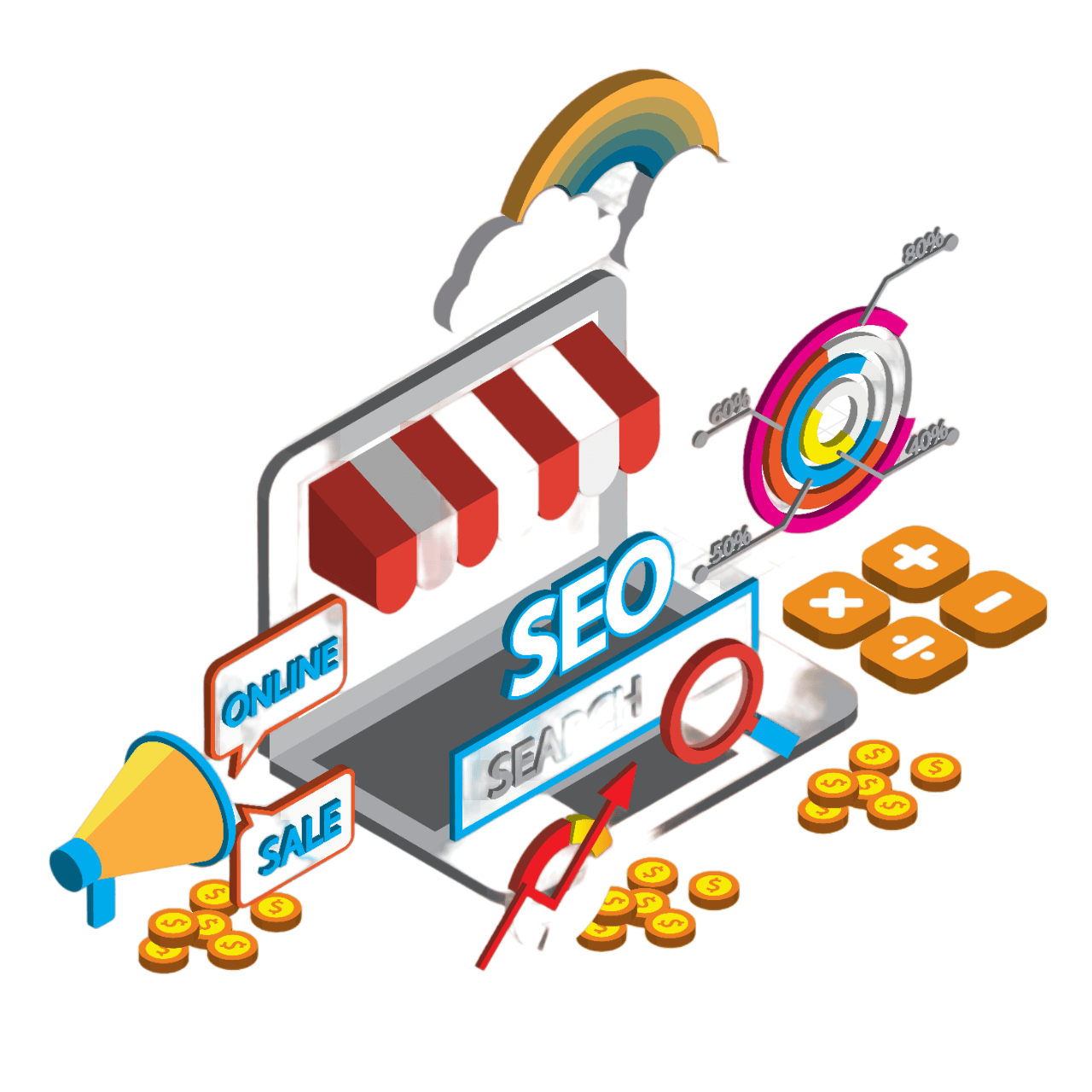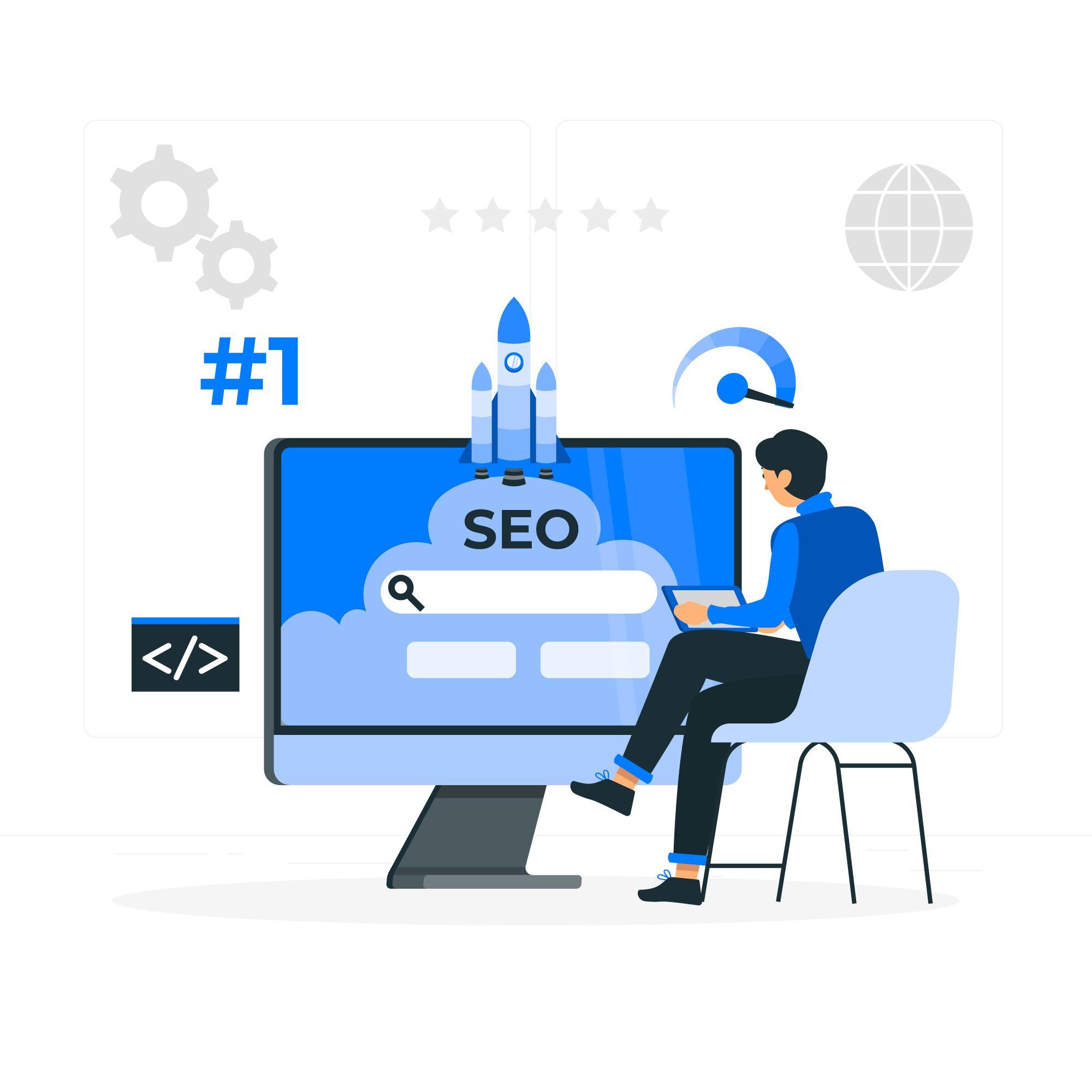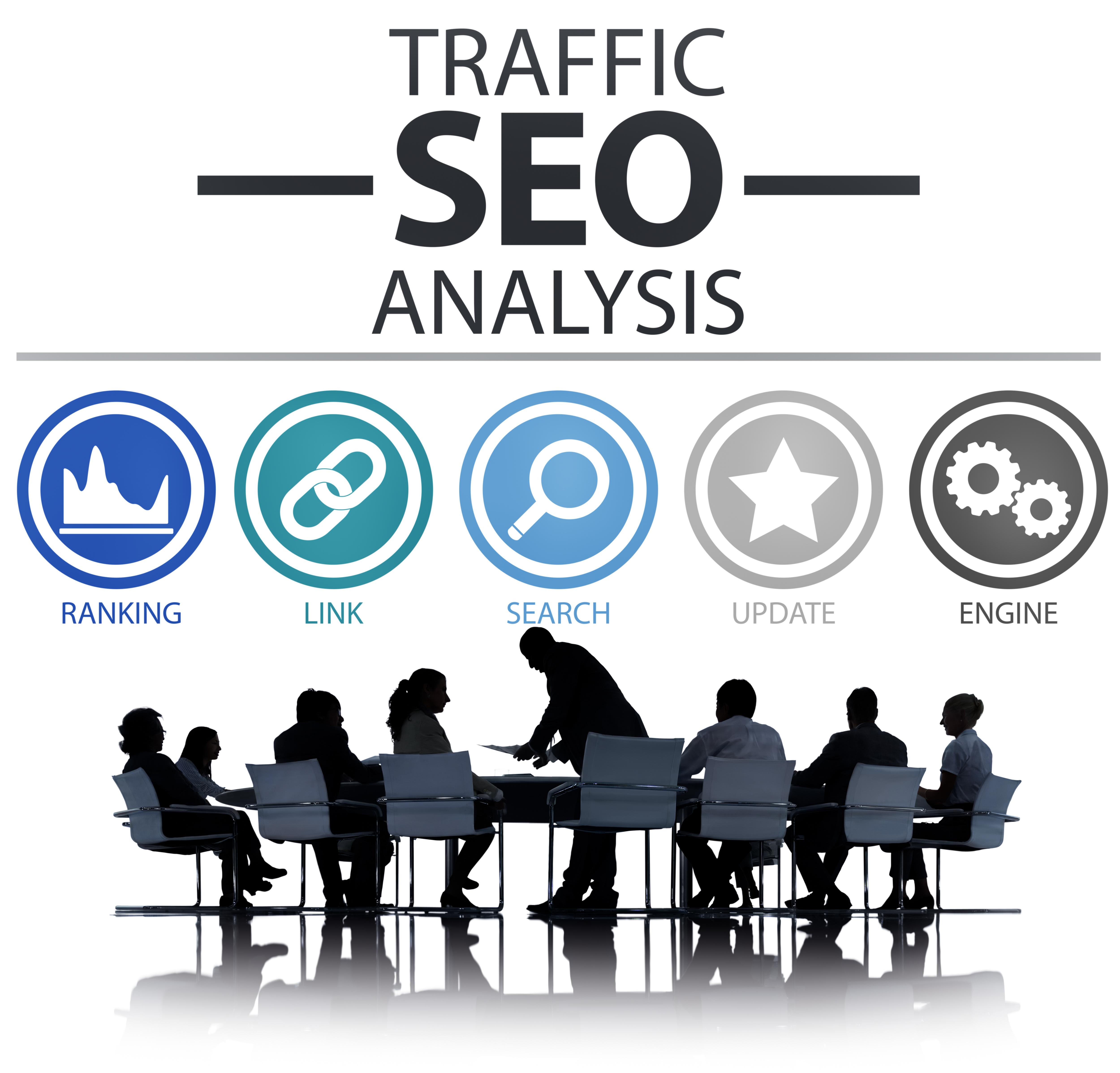In today’s digital landscape, having a strong online presence is crucial for the success of any business. One of the most effective ways to achieve this is through search engine optimization (SEO). When it comes to eCommerce platforms, Shopify stands out as a popular choice due to its user-friendly interface and robust features. However, like any platform, Shopify has its own set of benefits and drawbacks when it comes to SEO. In this comprehensive guide, we’ll delve into the world of Shopify and SEO, discussing its advantages, limitations, and providing you with essential tips to optimize your Shopify-based website for search engines.
Benefits of Using Shopify for SEO:
- User-Friendly Interface: Shopify boasts an intuitive and easy-to-use interface, allowing both beginners and experienced users to navigate the platform effortlessly. This makes it simpler to implement SEO strategies without the need for extensive technical knowledge.
- Mobile Responsiveness: Mobile-friendliness is a significant factor in SEO rankings. Shopify themes are designed to be responsive, ensuring your website looks and performs well on various devices, which positively impacts your SEO efforts.
- Speed and Performance: Page loading speed is a critical SEO factor. Shopify’s infrastructure is optimized for performance, contributing to faster loading times. This can lead to improved user experience and better search engine rankings.
- SSL Security: Security is essential for both user trust and SEO. Shopify provides SSL certificates by default, ensuring that your website is secure. This encryption is also favored by search engines, potentially boosting your search rankings.
- Structured Data and Rich Snippets: Shopify’s themes often incorporate structured data markup, enhancing the appearance of your site in search results. Rich snippets, such as product reviews and prices, make your listings more engaging and informative.
- Customizable Metadata: Shopify allows you to easily edit meta titles and descriptions for products, collections, and pages. This customization helps you optimize your content for relevant keywords and improve click-through rates from search results.

Drawbacks of Using Shopify for SEO:
Limited Control Over Technical SEO: While Shopify handles many technical aspects, you might have limited control over certain technical SEO elements, such as modifying the website’s URL structure or editing the robots.txt file.
URL Structure: By default, Shopify includes “collections” and “products” in the URLs, which can make them longer and less user-friendly. While this isn’t a major drawback, it might not be as clean as some other platforms.
Duplicate Content: Shopify can generate duplicate content issues due to various collection filters, product variants, and pagination. Addressing these issues requires careful use of canonical tags and URL parameters.
Apps Impacting Performance: While Shopify’s app store offers a plethora of useful plugins, installing too many apps can slow down your website. It’s important to choose and manage apps wisely to avoid performance issues that could affect SEO.
Below are a few best SEO practices for a Shopify store:
1. Enhance Your Shopify Site Structure for Optimal SEO:
A user-friendly and well-organized site structure is the foundation of successful SEO. Providing easy navigation for visitors increases the likelihood of them staying longer on your site and browsing through multiple pages. This increased user engagement directly contributes to improved search engine rankings.
To optimize your site structure:
- Maintain simple navigation with clear categories and subcategories.
- Ensure that essential pages are easily accessible with minimal clicks.
- Create a logical hierarchy that allows search engine crawlers to index your site efficiently.
If you’re new to Shopify or find site structuring challenging, consider hiring a Shopify experts agency like Mobikasa.
2. Master On-Page SEO Elements:
On-page SEO is about optimizing individual pages on your Shopify store to make them search-engine friendly. Here are critical on-page SEO elements to focus on:
Optimize Meta Descriptions: To improve click-through rates, create compelling meta descriptions that entice users to visit your site. Keep them concise, around 155-160 characters, conveying the essence of your content effectively and incorporating relevant keywords for better visibility in search results.
Craft Unique Product Titles and Descriptions: Enhance user experience and search engine visibility by ensuring each product and category has a distinct and informative description. Avoid using duplicate content, as it can negatively impact your rankings. Providing valuable insights through unique descriptions contributes to better SEO performance and an improved customer shopping experience a standard practice of top SEO agencies in NYC.

3. Optimize Technical SEO:
Technical SEO focuses on the backend elements of your Shopify store that help it perform better in search results—key when aiming to rank higher on Google and AI, where performance and structure are critical factors. Here’s how you can approach technical SEO for your Shopify store:
Effective Internal Linking: Design a strategic internal linking plan that prioritizes important pages and directs more links with relevant anchor texts to product and collection pages. Be cautious of duplicate pages in Shopify, as products have two URLs (original and collection), which can affect internal links due to default canonical tags, potentially leading to redirects.
Review robots.txt file: The essence of your store’s structure is the robots.txt file, instructing search engines on page access. Shopify auto-creates it with preset “Disallow” tags. While new rules can be added, caution is urged, as a single error risks total traffic loss.
4. Addressing Redirects and Broken URLs:
Properly managing redirects and broken links is essential for maintaining a healthy website. Unnecessary redirects increase page load time, while 404 pages create dead ends for both users and search engines.
Follow these best practices for Shopify redirects:
Eliminate redirect chains: Identify internal links leading to redirected pages and replace them with live links.
Address 404 pages: Don’t ignore 404 errors, especially if they receive organic traffic. Remove internal links to 404 pages and set up redirects to relevant live pages to preserve incoming traffic.
Utilize TinyIMG: If you use TinyIMG, you can efficiently create bulk broken link redirects to any desired page on your store.
You can hire Shopify web developers from Mobikasa to work on tasks like eliminating redirect chains, addressing 404 pages, and efficiently creating bulk broken link redirects for seamless website optimization.
5. Harness the Power of Off-Page SEO
Off-page SEO involves building credibility and authority for your store beyond your website. Here are essential off-page SEO strategies to enhance your website’s visibility.
Link Building: Enhance your Shopify store’s SEO by earning high-quality backlinks from reputable websites within your industry. Connect with relevant blogs and provide valuable content in exchange for valuable backlinks, boosting your store’s authority and search engine rankings.
Social Media Engagement: Establish a robust social media presence to interact with your audience, cultivate a loyal community, and amplify your store’s visibility. Consistent engagement and compelling content will strengthen your brand’s online presence and drive targeted traffic.
Influencer Collaborations: Expand your store’s reach and credibility by collaborating with influencers in your niche. Utilize platforms like AspireIQ or Upfluence to connect with influencers who can provide authentic endorsements, reaching new audiences and fostering trust among potential customers.

Final thoughts
Optimizing your Shopify site for SEO is a multifaceted process that demands attention to various aspects. By incorporating the key strategies discussed in this article, you can effectively enhance your store’s online presence and drive growth for your business.
Embrace these SEO best practices, and with continuous efforts, watch your Shopify store thrive in the competitive digital landscape, reaping the long-term benefits of increased visibility and conversions.
